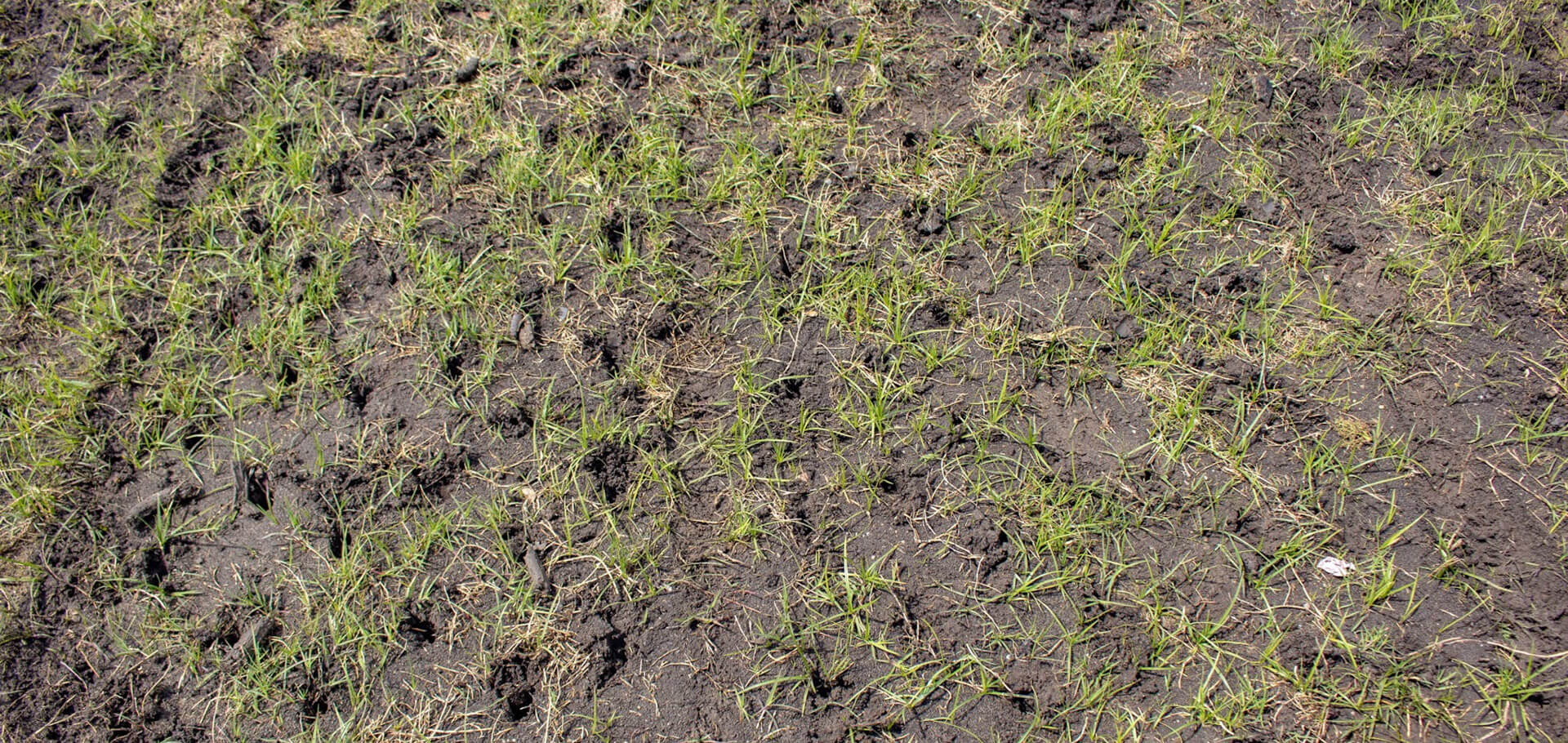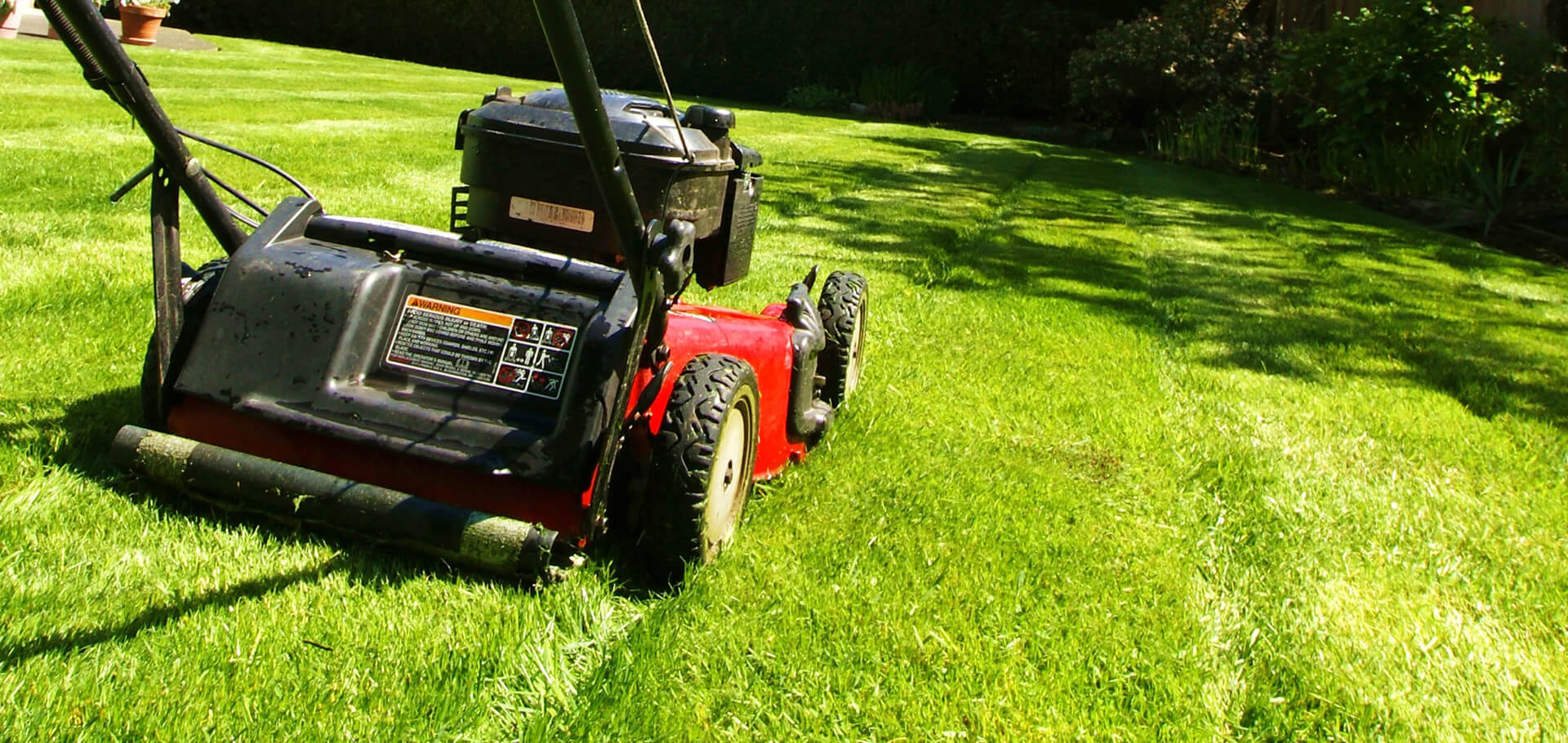As active and experienced turfgrass managers we see a great many properties across the DFW metroplex, and are blessed to have well trained, observant, and passionate technicians who share information and collaborate daily on what they are seeing in the field.
As we have moved into what is called the ” spring transition”, which is the transition between dormancy and active growth in warm season turf. As of April 18th, 2023, we have noticed that a large number of St. Augustine yards do not appear to be breaking dormancy like we would expect, and we wanted to address what we know and what can be done to manage this if there is a concern.
It can be very difficult to tell dormant grass from dead grass, in St. Augustine the degree of dormancy can vary from season to season, depending on both air and soil temperatures. Up until now, the soil temperature has been low and we are only now beginning to get into the mid 60’s where St. Augustine would normally begin to start active growth.
A number of our technicians are reporting that we are seeing large areas that we believe to have suffered cold damage over the course of the winter. As we moved through the previous 2022 season, water stress and drought did affect many lawns, even those with sprinkler systems, depending on the quality of the sprinkler’s distribution uniformity. Areas of poor coverage, areas in the open full sun, and lawns that were not adequately watered for the Evaporation and Transpiration rates went into early dormancy, and in some cases missed a critical time of year where these plants store energy for dormancy and early spring growth. In many cases we see that areas under trees or in shaded areas are healthier than areas in the full sun, indicating that areas with higher moisture (shaded areas dry out more slowly and are more protected from frost in many cases) fared better than stressed or less protected areas.
On top of drought stress, we had a period (specifically in late December) where the temperatures went from warm to below 20 degrees in a relatively short period of time. This can dramatically affect St. Augustine, which prefers warmer temperatures and can be damaged by sudden and severe cold. Plants prepare for cold through a process of “hardening off”, if this process is cut short the plant may be less protected than in other similar cold periods when the transition from warm to cold happens over a longer time frame.
We also reached out to our good friends at BWI to see what they were experiencing. Colby Johnson, a 2 decade veteran in the North Texas lawn industry, noted a similar finding. “I have concluded that due to the early cold snap in December and the drier conditions that led into that period I feel these yards were impacted by cold temperatures and moisture levels which led to winter desiccation. I’ve observed this most prominently in St Augustine lawns this spring.”
We prepared the lawns as well as possible through supplemental potassium applications in the fall and winter (potassium is a nutrient which is critical in cold hardiness and drought tolerance) and are encouraged that many of the lawns under this program, while still showing signs of winterkill, appear to be less affected than many lawns which did not receive these treatments, based on our observations to date.
In conjunction with drought and winter temperatures, the final element is our recent spring weather. St. Augustine is notorious for its susceptibility to disease, and many of these are fungal pathogens. A great deal of fungal diseases favor high moisture and temperatures ranging from 65 degrees to 85 degrees. The frequency of the rain events this spring and favorable temperatures can create conditions favoring disease, which can be exacerbated when the plant is already weak from environmental conditions. Additionally, high nitrogen fertilizers can worsen fungal problems in spring, and we generally advise to not over fertilize in the spring.
The good news… Our round 2 on St. Augustine was a preventative fungicide and will greatly help the emerging grass stay healthy in an environment favoring disease. We are also using a gentle, low nitrogen organic fertilizer to encourage growth without using too much nitrogen. We are still early in the transition period and have yet to reach soil temps where we typically see maximum growth. We routinely send samples to a diagnostic lab to confirm our visual identification of common diseases, and whatever incidents of disease we have seen so far this spring have been sampled and sent to our pathology lab for confirmation. We will continue to monitor the transition this spring and will provide updates as we gather data.
In the interim, if you feel that you have a lawn that may have been damaged by the drought or by cold temperatures we advise at this time to perform the following management practices:
Dethatch Your Lawn
Ideally using a leaf rake, but a ‘low mow and bag’ is better than nothing. Dethatchers can kill St. Augustine as it primarily grows by above ground stems which can be damaged by dethatchers set too aggressively. The removal of old, dead grass is basic sanitation and can help prevent thatch layers from forming in addition to helping warm the soil and allow for better water infiltration. Chorbie can take care of this process for you under our Bush and Bed service.
Avoid Over-watering
Up until now, we’ve had sufficient rain to provide the water these plants need, and excess watering dramatically increases disease incidence. We recommend using a resource such as watermyyard.org, which is a free resource provided by Texas A&M Agrilife Extension, and can greatly help determine how long and how often to water in different seasons. Alternatively, Chorbie provides an irrigation service and our TCEQ licensed technicians can help check and set your system for the appropriate season.
Avoid Over-fertilizing
Sincerely,
Jeremy Lowe
Director of Agronomy, Chorbie
“Caring For Your Struggling St. Augustine” | Jeremy Lowe








